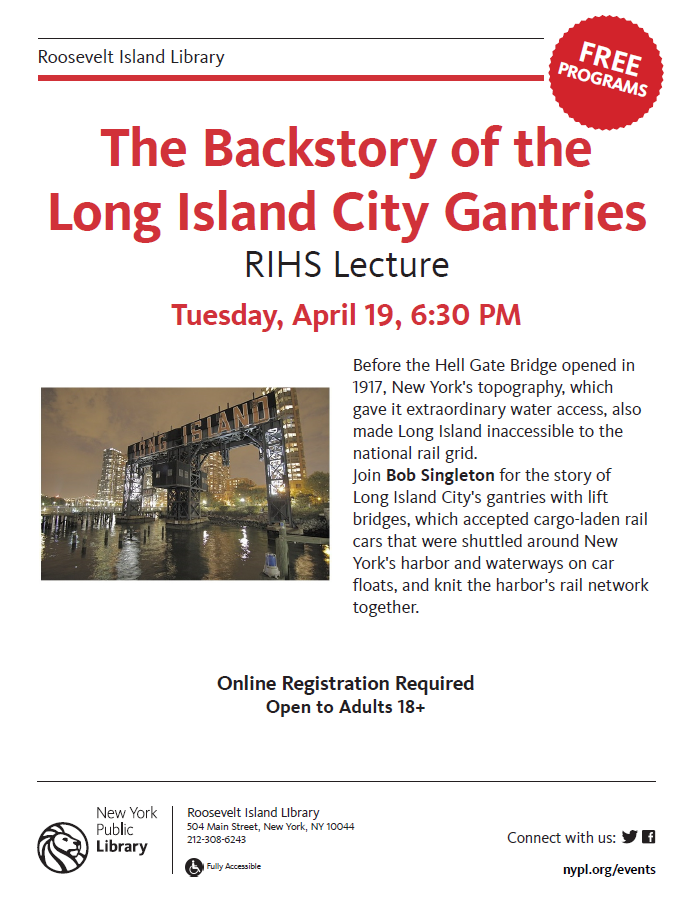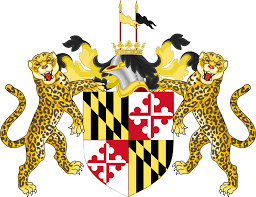Thursday, April 7, 2022 – A PLANNED COMMUNITY THAT HAS SURVIVED FOR OVER 80 YEARS


FROM THE ARCHIVES
THURSDAY, APRIL 7, 2022
THE 643rd EDITION
GREENBELT, MARYLAND
NATIONAL LANDMARK
PLANNED COMMUNITY
FROM
1937

The City of Greenbelt has gone into the history books as the first community in the United States built as a federal venture in housing. From the beginning it was designed as a complete city, with businesses, schools, roads and facilities for recreation and town government. Greenbelt was a planned community, noted for its interior walkways, underpasses, its system of inner courtyards and one of the first mall-type shopping centers in the United States. Modeled after English garden cities of the 19th century, Greenbelt took its name from the belt of green forestland with which it was surrounded and from the belts of green between neighborhoods that offered easy contact with nature.

In 1997 Greenbelt celebrated its 60th anniversary. To coincide with this historic event, the United States Department of Interior saw it fit to recognize Historic Greenbelt as a National Historic Landmark. At such a time it was appropriate to ask how this early prototype of the planned community has weathered through the years. Have the design concept and the social and cultural features built into that design succeeded in fulfilling the town’s early promise? Greenbelt is one of three greenbelt towns envisioned by Rexford Guy Tugwell, friend and advisor to President Franklin D. Roosevelt, and created under the Resettlement Administration in 1935 under authority of the Emergency Relief Appropriation Act. (Greendale, Wisconsin, near Milwaukee, and Greenhills, Ohio, near Cincinnati, are the other two towns. A fourth town, to be located in New Jersey, was never built.)

9224-9238 EDMONSTON ROAD (TOWNHOUSES) FROM SOUTH. – Springhill Lake Apartments, 9230 Edmonston Road, Greenbelt, Prince George’s County, MD HABS MD-1216-4


Greenbelt was an experiment in both the physical and social planning that preceded its construction. Homes were grouped in superblocks, with a system of interior walkways permitting residents to go from home to town center without crossing a major street. Pedestrian and vehicular traffic were carefully separated. The two curving major streets were laid out upon and below a crescent-shaped natural ridge. Shops, school, ball fields, and community buildings were grouped in the center of this crescent.



The architecture was streamlined in the Art Deco style popular at that time—with curving lines, glass brick inserts in the facades of apartment buildings, and buttresses along the front wall of the elementary school. These buttresses create vertical lines framing a set of bas reliefs by WPA sculptor Lenore Thomas. (These features make the original buildings of the city some of the finest examples of Art Deco to be found in the Washington area. Indeed, the Greenbelt Community Center is considered one of the ten best structures in Art Deco style within the United States.) A sculpture by Thomas, a mother and child statue, graces the town center. Greenbelt was also a social experiment. Designed to provide low income housing, it drew 5,700 applicants for the original 885 residences. The first families were chosen not only to meet income criteria , but also to demonstrate willingness to participate in community organizations. (In 1941 another 1,000 homes were added to provide housing for families coming to Washington in connection with defense programs of World War II.)



The first families, who arrived on October 1, 1937, found no established patterns or institutions of community life. Almost all were under 30 years of age. All considered themselves pioneers in a new way of life. A mix of blue and white collar workers, they reflected the religious composition of Baltimore and Washington, D.C.—Protestant, Catholic, and Jewish; but because of the racial bias controlling public policy at that time, all were white.
Almost immediately the new residents formed a town government—the first city manager form of government in the State of Maryland. They also formed the first kindergarten in Prince George’s County. During that first year they also formed a citizens’ association, a journalism club which published the first newspaper (still published today on a weekly basis as the Greenbelt News Review), and a community band. Interdenominational church services were held in the elementary school auditorium, which also functioned as a community center. The Greenbelt Health Association opened to provide hospital services. Police, fire and rescue squads formed. Residents held a town fair that first summer. In 1939 the first public swimming pool opened in Greenbelt—first in the Washington area. Numerous clubs flourished. In fact, Greenbelters were so busy attending meetings that the town council called a moratorium on meetings between Christmas and New Year’s in 1939 to permit residents to spend time at home with their families.
Greenbelt is also unique for its cooperative institutions. Boston merchant and philanthropist Edward Filene provided funds to Greenbelt Consumer Services, Inc., which operated a food store, gas station, drug store, barber shop, movie theater, valet shop, beauty parlor, variety store, and tobacco shop. In December 1941 citizens within the community were able to raise funds to purchase GCS.
In 1952, when Congress voted to sell off the greenbelt towns, citizens in Greenbelt formed a housing cooperative (Greenbelt Veterans Housing Corporation, later Greenbelt Homes, Inc.) which purchased the homes. (The other two greenbelt towns were purchased privately.) Citizens also formed a cooperative baby sitting pool, a cooperative nursery school, a cooperative kindergarten, and a cooperative savings and loan association. In fact, when Greenbelters confronted any kind of a new problem, their typical first approach was to form a new cooperative.
Today much of the original features of this planned community still exist. In addition to it, the city itself has expanded to include additional shopping centers, high rise office buildings, garden apartments, townhouses and private development. With the construction of the BaltimoreWashington Parkway, the Capital Beltway, and Kenilworth Avenue—which meet in Greenbelt— the city has become a center of major residential and commercial development within the Prince George’s County.
Nevertheless, legacies of the past remain. The cooperative spirit and the strong sense of community are passed on to new generations of Greenbelters, and around a dozen of the original families still live in the city. Indeed, many of their children and grandchildren have also chosen to reside in Greenbelt. Perhaps their dedication to the community is the best answer to the question raised earlier: Has the town’s promise been fulfilled?
For more on Greenbelt’s unique place in the history of American culture, visit Virtual Greenbelt, a project sponsored by the University of Maryland.
Other informational sites about Greenbelt’s history, include the Greenbelt Museum , and the Tugwell Room a unique collection at the Greenbelt Branch of the Prince George’s County Memorial Library System.

https://www.nypl.org/events/programs/2022/04/19/rihs-lecture-backstory-long-island-city-gantries
THURSDAY PHOTO OF THE DAY
SEND YOUR ANSWER TO ROOSEVELTISLANDHISTORY@GMAIL.COM

WEDNESDAY PHOTO OF THE DAY
ELEVATED SUBWAY AT CHATHAM SQUARE. ED LITCHER GOT IT RIGHT!!

Text by Judith Berdy
Thanks to Bobbie Slonevsky for her dedication to Blackwell’s Almanac and the RIHS
Thanks to Deborah Dorff for maintaining our website
Edited by Deborah Dorff
All image are copyrighted (c)
Sources
GREENBELT HISTORY GOVERNMENT
WIKIPEDIA COMMONS
FUNDING PROVIDED BY ROOSEVELT ISLAND OPERATING CORPORATION PUBLIC PURPOSE GRANTS CITY COUNCIL REPRESENTATIVE BEN KALLOS DISCRETIONARY FUNDING THRU DYCD


Copyright © 2022 Roosevelt Island Historical Society, All rights reserved.Our mailing address is:
rooseveltislandhistory@gmail.com

Leave a comment